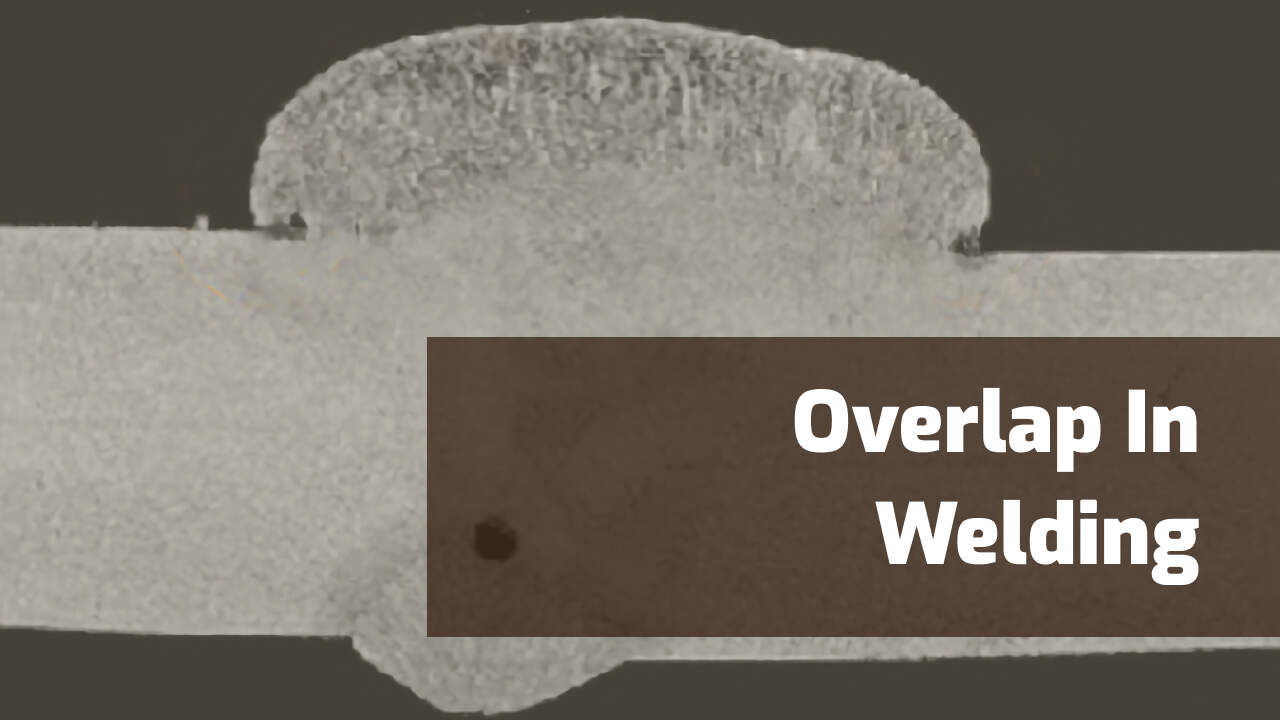Understanding the Art of Welding: How to Avoid Undercut Welding Issues for Flawless Fabrication Results
By comprehending the origin triggers of undercut welding and executing effective methods to prevent it, welders can raise their craft to new levels of excellence. In the search of flawless construction results, mastering the art of welding to prevent undercut problems is not simply a skill but a need for those making every effort for perfection in their work.
Comprehending Undercut Welding

To avoid undercut welding, welders need to guarantee proper welding criteria, such as adjusting the present, voltage, travel speed, and preserving the correct electrode angle. Additionally, utilizing the ideal welding strategy for the details joint configuration is essential. Using weaving motions or backstepping methods can assist ensure appropriate weld metal deposition and decrease the chance of undercut formation. Routine assessment of welds throughout and after the welding procedure is additionally vital to capture any type of undercut very early and make needed adjustments to protect against further issues. Preventing weld undercut. By understanding the reasons of undercut welding and implementing safety nets, welders can achieve top notch, structurally audio welds.
Root Causes Of Undercut in Welding
Comprehending the elements that add to undercut in welding is important for welders to produce top quality, structurally sound welds. When the weld metal does not effectively fill the groove created in between the base metal and the formerly transferred weld steel, undercutting happens. A number of variables can bring about damage in welding. One usual cause is excessive heat input. Welding at high temperature levels for extended periods can lead to the base steel thawing greater than preferred, leading to undercut. Insufficient welding wrong or current welding rate can additionally add to damage. Not enough current might not supply adequate warmth to thaw the base and filler metals sufficiently, while too much rate can avoid proper fusion, causing undercut. In addition, improper electrode angles or inaccurate lantern adjustment strategies can develop locations of low weld metal deposition, promoting undercut. Comprehending these reasons and implementing proper welding methods can assist stop undercutting problems, ensuring durable and solid welds.
Strategies to avoid Undercutting

To mitigate the threat of undercutting in welding, welders can utilize go to these guys calculated welding techniques targeted at improving the high quality and honesty of the weld joints. One reliable method is to change the welding parameters, such as voltage, current, and travel rate, to make sure proper warmth input and deposition. Maintaining an appropriate electrode angle and ensuring constant travel rate can likewise aid protect against undercut. Furthermore, using the appropriate welding method for the certain joint configuration, such as weave or stringer grains, can contribute to lowering damaging. Preventing weld undercut.
Furthermore, correct joint prep work, including making sure tidy base materials devoid of impurities and utilizing the appropriate welding consumables, is crucial in preventing undercut problems. Employing back-step welding methods and regulating the weld grain profile can also help distribute warm evenly and lessen the threat of undercut. Normal inspection of the weld joint during and after welding, additional resources along with executing high quality assurance steps, can assist in addressing and discovering undercutting issues immediately. By carrying out these methods carefully, welders can accomplish perfect construction results with minimal undercut defects.
Importance of Proper Welding Specifications
Choosing and preserving appropriate welding specifications is crucial for attaining successful welds with very little defects. Welding specifications describe variables such as voltage, current, travel speed, electrode angle, and protecting gas circulation price that straight affect the welding process. These parameters must be thoroughly readjusted based on the kind of product being bonded, sites its thickness, and the welding method utilized.
Proper welding specifications ensure the correct amount of warmth is put on thaw the base steels and filler material uniformly. If the specifications are established expensive, it can bring about excessive heat input, causing spatter, distortion, or burn-through. On the other hand, if the parameters are also reduced, insufficient blend, absence of penetration, or damaging might happen.
Quality Guarantee in Welding Procedures

Conclusion
To conclude, mastering the art of welding needs a comprehensive understanding of undercut welding, its reasons, and techniques to avoid it. By making sure appropriate welding specifications and executing quality control practices, flawless construction results can be attained. It is crucial for welders to regularly pursue quality in their welding operations to avoid undercut issues and produce high-grade welds.
Undercut welding, a typical problem in welding processes, happens when the weld steel does not effectively fill up the groove and leaves a groove or depression along the bonded joint.To protect against undercut welding, welders must make certain correct welding specifications, such as changing the existing, voltage, travel rate, and keeping the right electrode angle. Inadequate welding incorrect or existing welding rate can additionally contribute to undercut.To mitigate the risk of damaging in welding, welders can use strategic welding methods intended at enhancing the top quality and stability of the weld joints.In conclusion, grasping the art of welding needs a complete understanding of undercut welding, its reasons, and methods to prevent it.